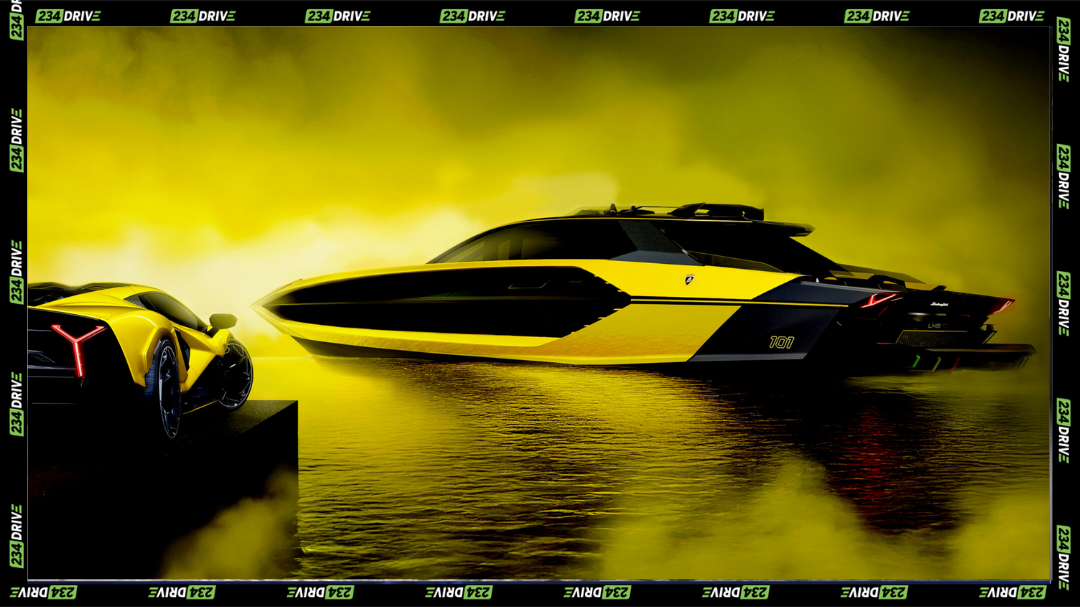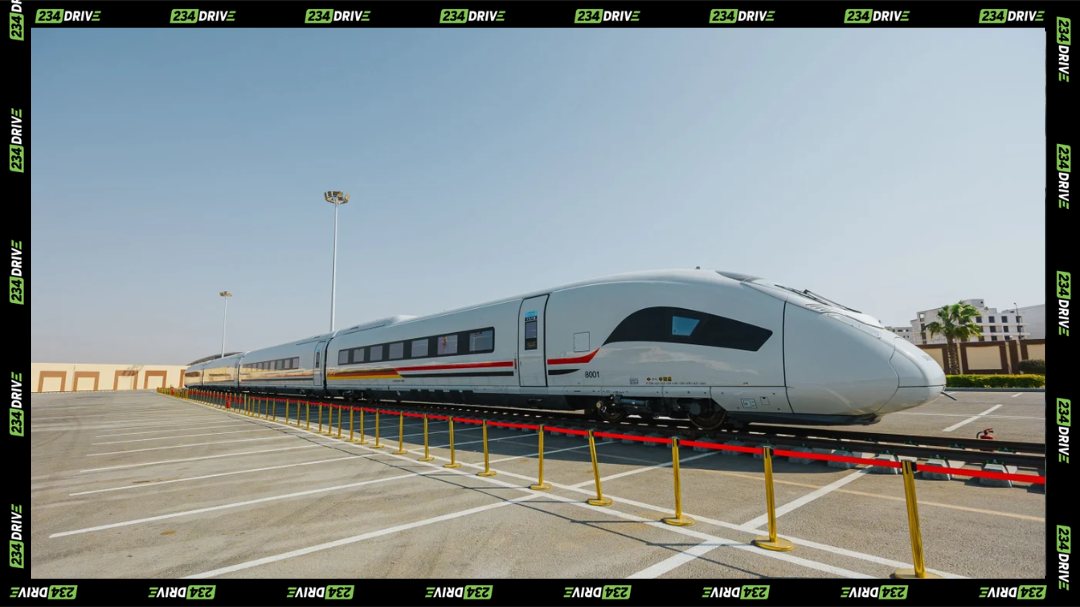Leviathan slips away from the dock for the first time, showing its full scale and Oceanco’s precision engineering in motion. | Source: Oceanco
Gamers worldwide would recognise Gabe Newell’s name, and his yacht honours its origins—named after the mighty sea creature and shaped with the most modern tools of engineering and comfort that feel almost as mythical.
Newell, the Valve cofounder behind Half-Life, Portal, and gaming platform Steam, has received his Leviathan yacht, the newest 364-foot Oceanco build and the first major vessel completed since he acquired the Dutch shipyard earlier this year. Yes, he bought the whole shipyard and then built his own ship. The yacht immediately stands out for one reason: it was created as a floating work-and-play space where gaming, teamwork, and day-to-day life blend seamlessly.
A Yacht Built for Work, Play and Shared Space
The core design reflects how Newell wants people to interact aboard. Instead of the traditional divide between guests and crew, Leviathan merges spaces and encourages shared use. A bridge-deck area that would normally host an aft salon now holds a full gaming lounge with 15 PC setups, two racing simulators, and relaxed seating—a gamer’s heaven designed for group sessions, testing ideas, or unwinding together. The main deck follows the same principle: the usual high-end salon is gone, replaced with a communal dining hall that seats 54. The yacht sleeps up to 26 guests and 37 crew, all with access to open leisure zones, from the whirlpool sundeck to the basketball court.
Newell and his partners, that is YTMC, Y.CO, Lateral Naval Architects, Mark Berryman Design, Oceanco’s in-house teams, and almost 3,000 contributors, built the Leviathan to operate as a calm, ergonomic environment. Comfort was non-negotiable. The yacht runs on a hybrid diesel-electric propulsion system tuned to minimise noise. The engine room sits further forward to reduce vibration, and a battery bank enables silent nighttime running. Oceanco calls it the quietest and most comfortable yacht ever delivered by the yard.
The build also prioritises efficiency. The off-white exterior requires far less upkeep, and synthetic handrails reduce routine cleaning. This frees the crew to spend more time supporting guests, managing events, and maintaining the collaborative ecosystem the yacht was designed for. Storage, workflow, and circulation paths were all mapped to support productivity and ease of movement.
A Purpose-Driven Step Forward for Oceanco

Leviathan lights up the water as it moves out at night, revealing its size and Oceanco’s exacting craftsmanship. | Source: Fortune
Oceanco CEO Marcel Onkenhout says Leviathan marks a major step for the shipyard, proving how a large yacht can be shaped directly around the way its owner works, plays, and connects people. His point lands cleanly: this vessel wasn’t built to honour tradition—it was built to serve intention.
An approach that carries through the lower-deck layout, where Newell opted for practical capability rather than the usual beach-club setup. The space includes a dive centre, a medical room equipped for real emergencies, and a 3D printing workshop that can produce parts, tools, or prototypes while at sea. It’s a functional environment that still feels relaxed, giving the yacht a character that sits somewhere between a creative studio and a floating retreat.
Both the idea and the execution land well. The design keeps comfort at the centre, but nothing feels ornamental for its own sake. Everything serves teamwork, experimentation, and ease of use—the same principles Newell has championed in the gaming world.
What might it actually feel like to ride aboard Leviathan? For one, it becomes more than a simple escape and becomes a voyage that pushes ideas to surface naturally—over shared meals, late-night gaming bursts, or long, quiet stretches of open water. Guests and crew fall into the same rhythm as the yacht’s design brings people together with ease. It’s built for trips where collaboration unfolds effortlessly and every moment creates room to breathe.










